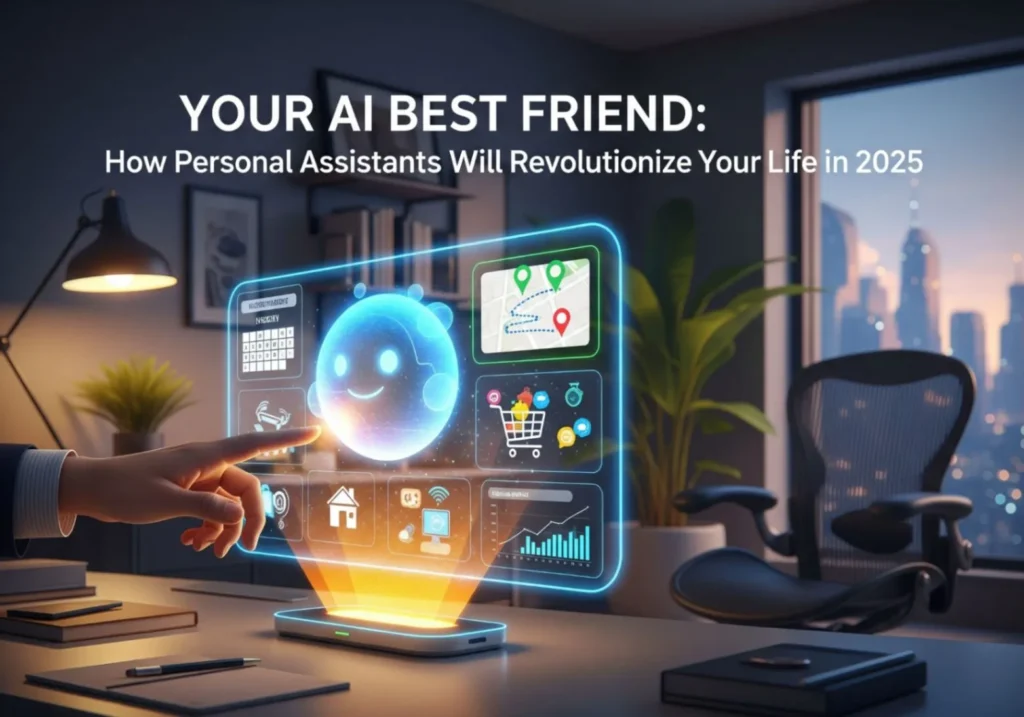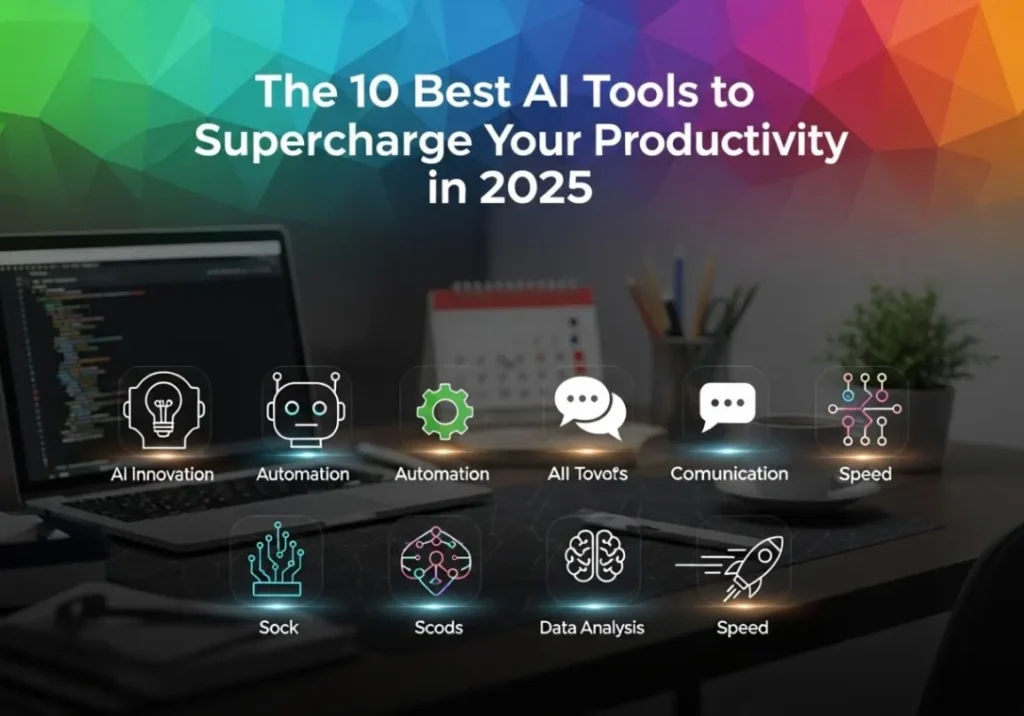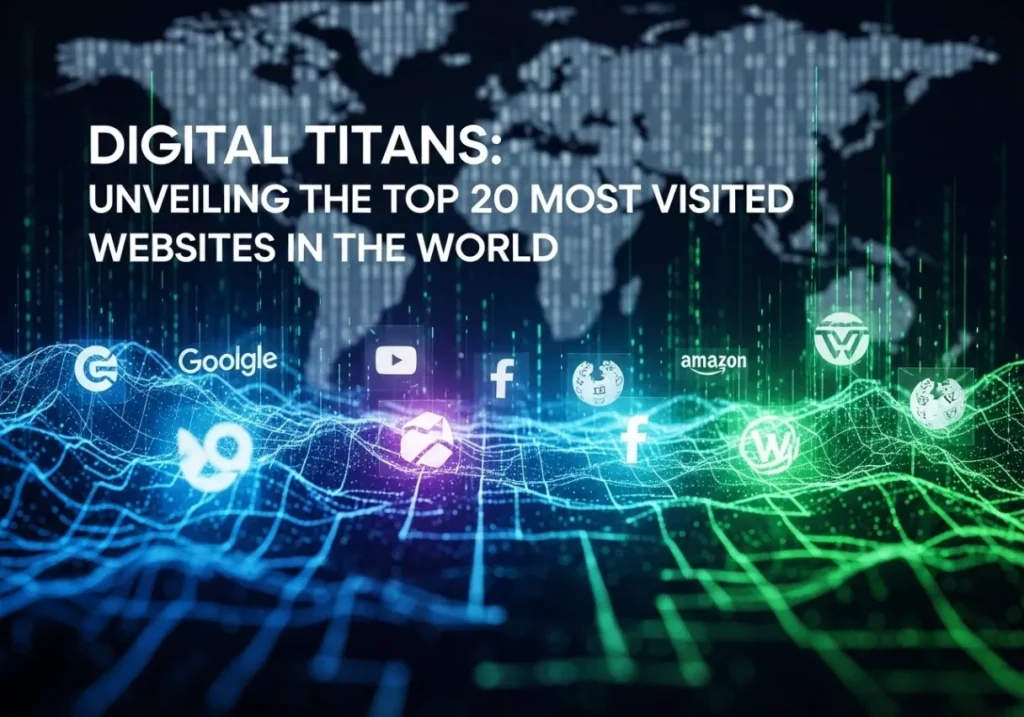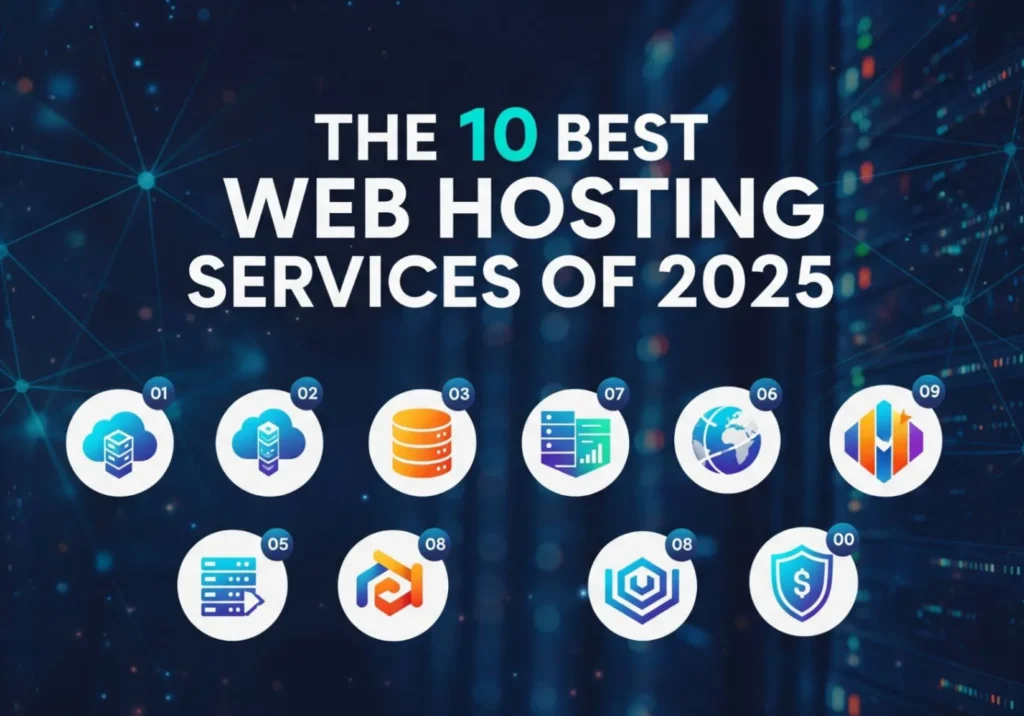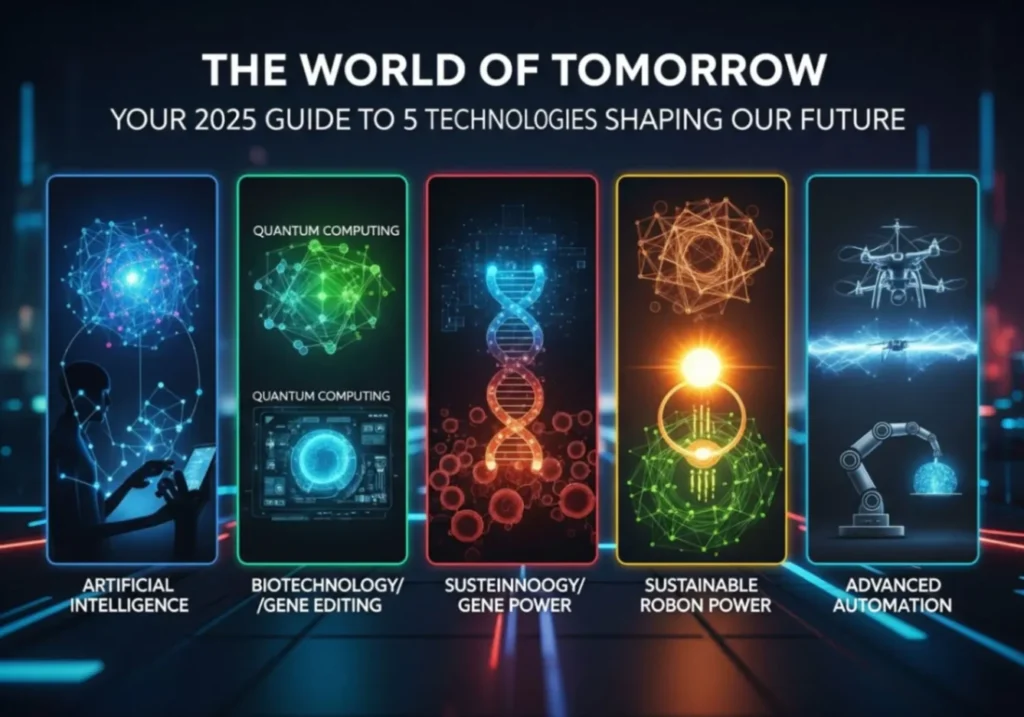Your AI Best Friend: How Personal Assistants Will Revolutionize Your Life in 2025
Remember the first time you asked Siri for the weather or told Alexa to play a song? It felt like a glimpse of the future. But that future is about to get a massive upgrade. Forget simple voice commands and reactive answers. The year 2025 marks the dawn of the true AI companion.
Imagine a helper that doesn’t just wait for you to ask a question, but anticipates your needs. A digital partner that not only manages your schedule but also understands your stress levels. An assistant that doesn’t just live in a speaker but moves seamlessly between your phone, car, and home, orchestrating your life with quiet competence. This is the promise of the 2025 AI-powered personal assistant—less of a tool, and more of an AI best friend.
The “Jarvis” from Iron Man is no longer pure science fiction. In this guide, we’ll explore exactly what these new assistants are, why 2025 is their breakout year, and the 10 incredible ways they are about to simplify every aspect of your life.

Table of Contents
- 1. What Exactly Are 2025’s AI-Powered Personal Assistants?
- 2. Why 2025 Is the Year of the AI Best Friend
- 3. 10 Ways AI Assistants Will Simplify Your Life
- 4. Privacy & Safety: Can You Really Trust Your AI?
- 5. How to Choose the Right AI Assistant for You
- 6. The Future: What’s Next After 2025?
- 7. Frequently Asked Questions (FAQ)
- Conclusion: Welcome Your New Digital Partner
1. What Exactly Are 2025’s AI-Powered Personal Assistants?
The AI assistants of 2025 are a quantum leap beyond the voice-activated speakers we know today. They are sophisticated, context-aware platforms designed to function as a true extension of your own mind. The key difference is the shift from reactive to proactive.
A 2024 assistant waits for your command. A 2025 assistant anticipates your needs before you even voice them. It’s the difference between asking, “What’s on my calendar?” and your AI saying, “Your 2 PM meeting was just canceled by the client, so I’ve already rescheduled your dentist appointment to fill that slot and updated your travel time. Is that okay?”
Key features that define these next-generation assistants include:
- Proactive Intelligence: They learn your routines, analyze incoming data (emails, traffic, weather), and make suggestions or take action on your behalf to optimize your day.
- Emotional Awareness: Using vocal tone analysis and language patterns, they can detect your mood. A stressed tone might trigger a suggestion for a 5-minute breathing exercise, while an excited tone could prompt it to find concert tickets for your favorite band.
- Seamless Cross-Device Integration: Your assistant is a single entity across all your devices. Start a grocery list on your smart speaker, add to it from your work laptop, and have it pop up on your car’s display as you drive past the supermarket.
Key Takeaway: The AI assistants of 2025 are defined by their ability to think ahead, understand emotion, and operate seamlessly across your entire digital life, acting as a true cognitive partner.
2. Why 2025 Is the Year of the AI Best Friend
Several powerful forces are converging to make 2025 the breakout year for these advanced assistants.
- Exponentially Better AI Models: The public release of hyper-advanced large language models (LLMs) like OpenAI’s GPT-5 and Google’s Gemini family has given these assistants the ability to understand nuance, reason through complex requests, and hold conversations that feel remarkably natural and human.
- Democratization of Technology: The immense computing power required for these models is becoming more efficient. On-device processing means many tasks can be handled right on your phone, making the technology faster, more private, and affordable enough to be included in standard software or with low-cost subscriptions.
- The Post-Pandemic Push for Hybrid Solutions: We’ve grown accustomed to digital solutions for work, health, and social connection. People now desire a “hybrid” approach—a blend of human interaction and smart technology that saves time and reduces mental load. The AI assistant is the perfect tool to manage this new hybrid reality.
3. 10 Ways AI Assistants Will Simplify Your Life in 2025
Here’s a practical look at how these companions will integrate into your daily routines.

1. The Ultimate Smart Daily Planner
How it works: It synthesizes data from your calendar, email, weather apps, and real-time traffic updates.
Real-World Example: You wake up and instead of checking five different apps, your AI says, “Good morning! It’s going to rain this afternoon, so I’ve moved your run to 7 AM. Your first meeting is at 9, but there’s heavy traffic on your route, so I suggest leaving by 8:20. I’ve already queued up your ‘Focus’ playlist for the drive.”
2. Personalized Health & Fitness Coach
How it works: It connects to your smartwatch or fitness tracker to monitor activity, sleep, and heart rate.
Real-World Example: “I’ve noticed your sleep quality has been poor for the last three nights. You only got 5 hours last night. I recommend we swap today’s high-intensity workout for a 30-minute light yoga session to promote recovery. I can pull one up on the TV for you.”
3. On-Demand Homework & Career Help
How it works: It leverages powerful AI models to act as a research assistant, writing coach, and problem-solver.
Real-World Example: A student asks, “Can you explain the quadratic formula and give me three practice problems?” An adult says, “Generate an Excel formula to calculate the quarter-over-quarter growth from cells C5 and F5,” and it instantly provides `= (F5-C5)/C5`.
4. Automated Budget & Bill Manager
How it works: With permission, it securely scans your bank statements and bills to track spending and find savings.
Real-World Example: You get a notification: “Your spending on takeout is 30% over budget this month. Also, I scanned competitor offers for your internet plan and found a cheaper one. With your permission, I can initiate a chat with your provider to negotiate a lower bill.”
5. Effortless Social Life Organizer
How it works: It keeps track of birthdays and social events, suggests activities, and helps coordinate with friends.
Real-World Example: “It’s Mark’s birthday next week. You haven’t spoken in a while. Would you like me to draft a friendly ‘Happy Birthday’ text? Also, Sarah, John, and you are all free this Friday night. I found a new Italian restaurant you might all like. Shall I suggest it in your group chat?”
6. Accessible Mental Health Support
How it works: It provides first-line mental wellness tools and acts as a safe, non-judgmental space to talk.
Real-World Example: After detecting a stressed tone in your voice, it might gently ask, “It sounds like you’re having a tough day. Would you like to try a 3-minute guided breathing exercise? Or I can find a list of certified local therapists who are accepting new patients.”
7. Seamless Real-Time Language Translation
How it works: It uses your phone’s microphone and speaker (or an earpiece) to translate conversations instantly.
Real-World Example: While traveling in Japan, you ask a local for directions in English. Your AI assistant listens, speaks the translated question in Japanese through your phone’s speaker, then listens to the reply and whispers the English translation back to you.
8. Intuitive Smart Home Conductor
How it works: It unifies all your smart devices (lights, thermostat, locks, oven) into a single, intelligent system.
Real-World Example: You say, “Hey, movie night.” The AI dims the lights, closes the smart blinds, turns on the TV to your streaming service, and sends a notification to your phone: “The oven is preheating to 350°F for your pizza. It will be ready in 15 minutes.”
9. Proactive Job Hunting Ally
How it works: It scans job boards based on your profile, helps tailor your application materials, and preps you for interviews.
Real-World Example: “A new Senior Marketing Manager role just opened up at XYZ Corp that matches your skills. I’ve highlighted key qualifications from the job description. Would you like me to help you revise your résumé to emphasize those points? We can also run through some common interview questions for this type of role.”
10. Your Personal Creativity Boost
How it works: It uses generative AI to brainstorm ideas, overcome creative blocks, and create content.
Real-World Example: A graphic designer says, “I need ideas for a logo for a sustainable coffee brand.” The AI generates a mood board with color palettes and concepts. A writer says, “Give me three different opening hooks for a blog post about time management.”
4. Privacy & Safety: Can You Really Trust Your AI?
Giving an AI this much access to your life raises valid concerns. The industry is responding with a security-first approach to build trust.

The Concerns:
- Data Privacy: Who is listening to your conversations? Could your personal data be leaked or sold?
- Algorithmic Bias: Could the AI make unfair decisions based on flawed data?
- Over-Dependence: Will we lose our ability to think for ourselves or make simple decisions?
The 2025 Solutions:
- End-to-End Encryption & On-Device Processing: Your most sensitive data is scrambled and stored locally on your device, never sent to the cloud unless absolutely necessary.
- Granular & Transparent Permissions: You get a clear dashboard to choose exactly what your AI can and cannot access (e.g., allow calendar access, but block microphone and camera).
- Regulatory Oversight: Governments are implementing regulations that require companies to conduct regular audits of their AI for bias and to be transparent about how their systems work.
Key Takeaway: While caution is wise, the future of AI assistants is being built on a foundation of user control and security. Choose brands that are transparent about their privacy policies.
5. How to Choose the Right AI Assistant for You
Not all assistants are created equal. Follow these steps to find your perfect match.
Step 1: Define Your Primary Needs. What do you need help with most?
- Busy Professionals: Look for deep integration with work apps like Microsoft 365 or Google Workspace (e.g., Microsoft Copilot).
- Students: Prioritize assistants with strong research, writing, and problem-solving capabilities.
- Parents: Seek out features for meal planning, family calendar management, and kid-friendly content filters (e.g., Amazon’s ecosystem).
- Seniors: Focus on simple interfaces, health monitoring integrations, and voice-activated emergency contacts.
Step 2: Test the Free Trials. Most premium AI services in 2025 will offer a 7 or 14-day free trial. Use this time to test how intuitive the assistant feels and how well it integrates into your daily life.
Step 3: Check Reviews for Privacy and Performance. Look for recent reviews from tech journalists and real users. Pay close attention to any mention of privacy scandals, data leaks, or poor performance.
6. The Future: What’s Next After 2025?
If 2025 is the year of the AI companion, the years that follow will be even more revolutionary.
- AI Avatars: Imagine your assistant appearing as a 3D hologram on your desk or augmented reality glasses, allowing for a more personal, face-to-face interaction.
- Brain-Computer Interfaces (BCIs): Yes, it sounds like science fiction, but companies like Neuralink are already developing technology that could one day allow you to control your AI assistant and other devices with your thoughts.
- Truly Global, Unified Assistants: One single AI that works seamlessly worldwide, overcoming language and cultural barriers to help you navigate any country like a local.
7. Frequently Asked Questions (FAQ)
Q1: Will AI assistants steal jobs?
A: They will fundamentally change jobs, not just eliminate them. Repetitive administrative and data-entry roles may decrease, but new roles like “AI Implementation Manager,” “Prompt Engineer,” and “AI Ethics Auditor” will emerge. The focus will shift from performing tasks to managing the AIs that perform them.
Q2: Can my kids use these assistants safely?
A: Yes, with proper setup. Most major platforms will offer robust “kid-safe” modes that filter inappropriate content, limit spending, and provide parents with an oversight dashboard. Always enable these parental controls.
Q3: Are these advanced AI assistants expensive?
A: The cost will be tiered. Basic proactive scheduling and reminders will likely be free and integrated into operating systems like iOS and Android. Premium features like advanced career coaching, bill negotiation, and deep personalization will typically be part of a monthly subscription, likely ranging from $5 to $20.
Conclusion: Welcome Your New Digital Partner
The AI-powered personal assistants of 2025 are more than just a technological novelty; they represent a fundamental shift in our relationship with technology. They are evolving from passive tools into active partners, designed to reduce our mental load, enhance our capabilities, and give us back our most precious resource: time.
Whether you’re a busy parent trying to juggle it all, a student aiming for academic excellence, or simply someone looking for a smarter way to manage the complexities of modern life, there’s an AI best friend waiting to help you.
Ready to meet yours? Start by exploring the free trials of assistants built into your existing devices and share your experience in the comments below!
